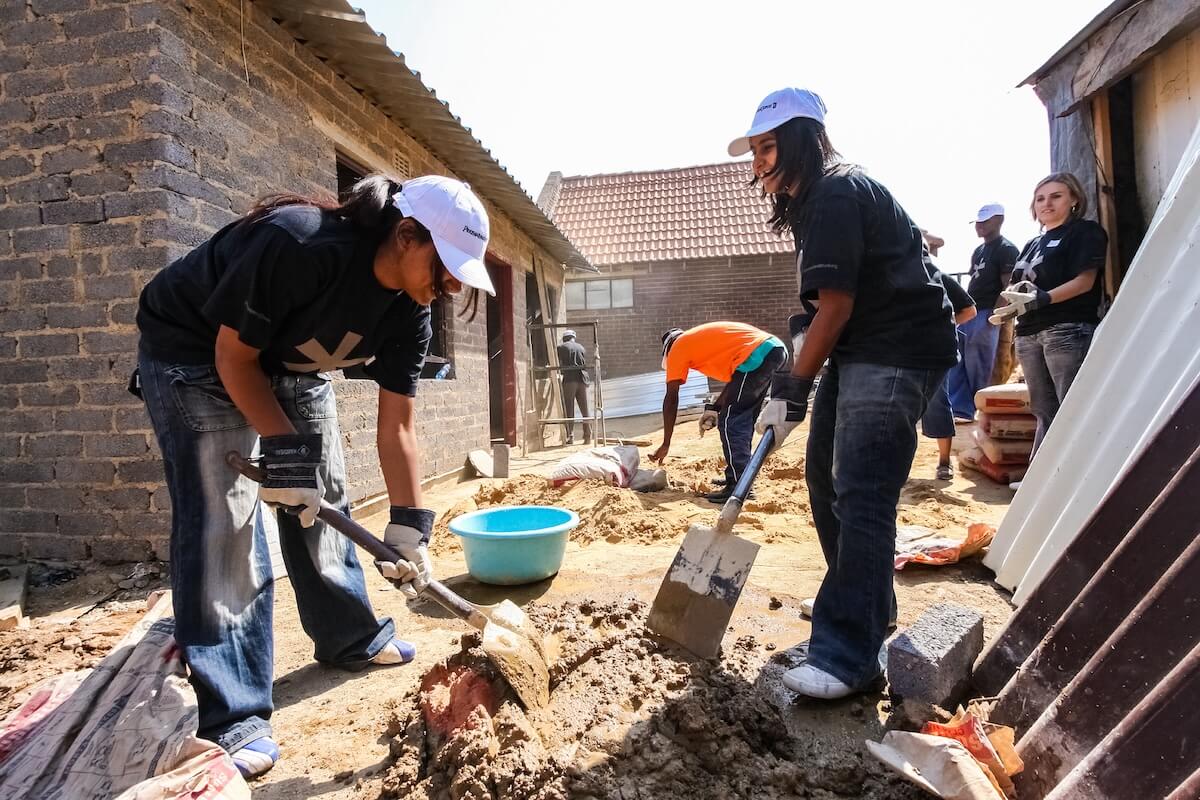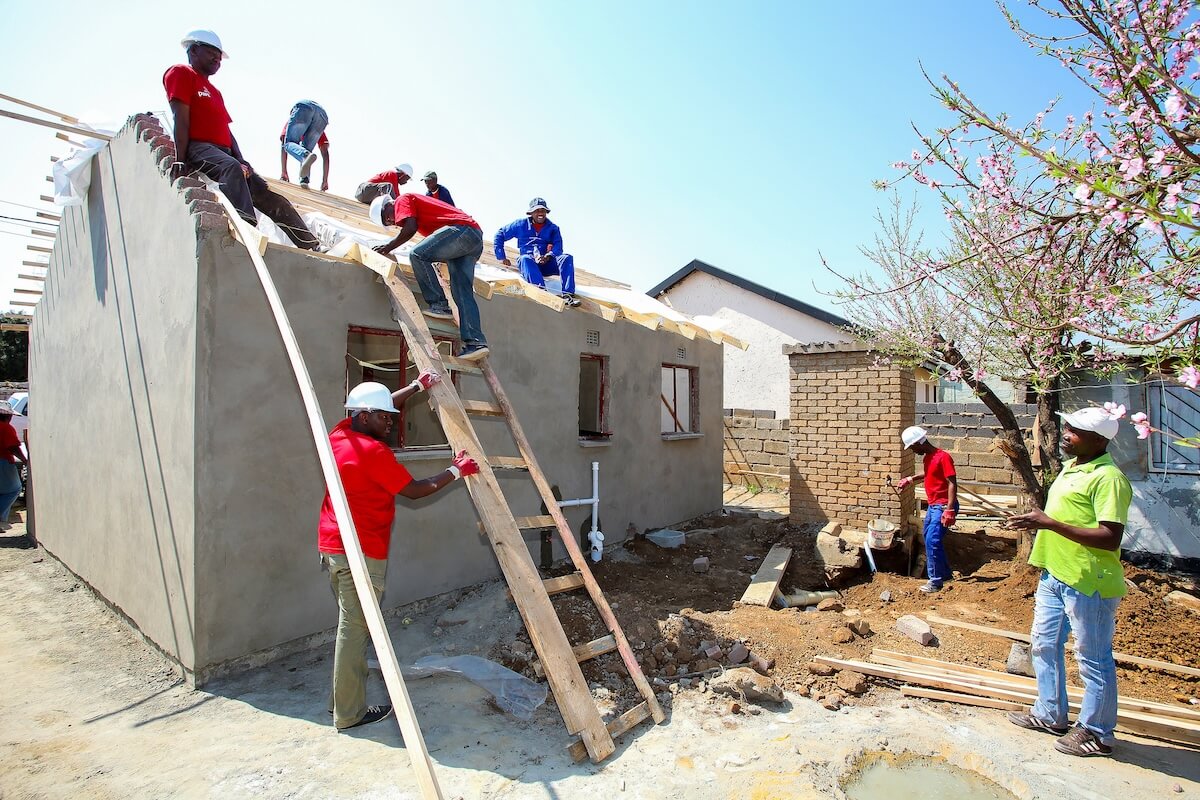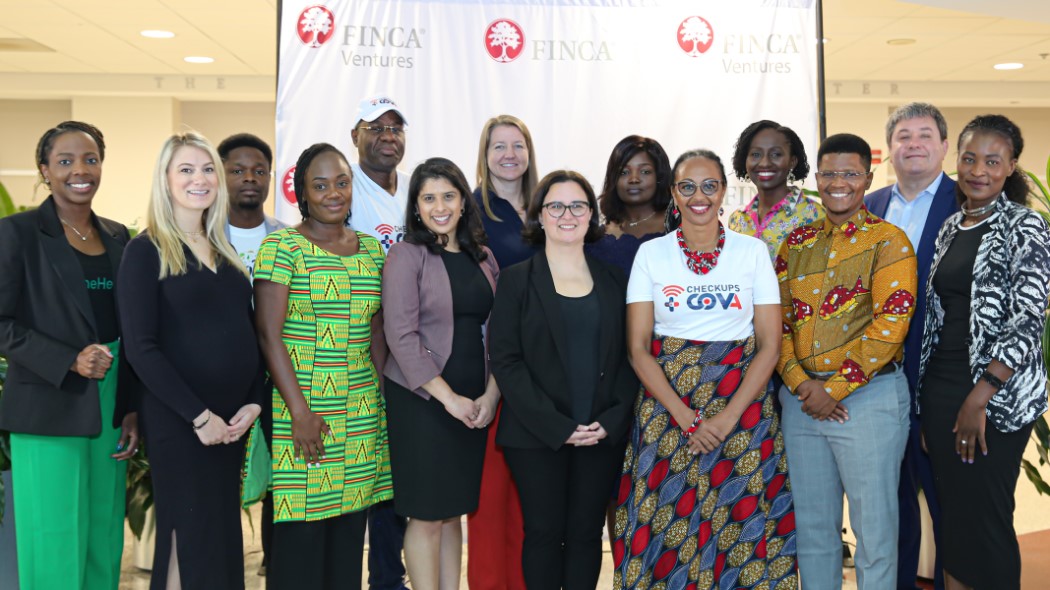Impact can drive alpha—but market-beating returns are hard to come by in short-term investments. An impact portfolio that’s not under regular review is probably losing its impact. Assessing true impact at the community level grows more challenging as impact investments scale.
RSF Social Finance learned all these things from the impact portfolio created for the Donor Advised Funds we administer. DAFs have acquired a somewhat tarnished reputation recently, and there are good reasons for that. Yet the negative publicity has obscured the ways these philanthropic funds can serve as tools for innovation, not just in grantmaking but in how DAF assets are invested.
Our portfolio demonstrates that. Acting on our belief that philanthropic funds can be most transformational when they support development and testing of new models, RSF was one of the first investors to create a 100% impact portfolio for the DAF assets we hold. When we started on this path in 2006, there were few standardized models to follow. We forged our own way forward, and over the last decade-plus, we’ve experienced a full share of stalls, strategy shifts, and dead ends. We’ve made some good investments and some bad ones. We’ve also grown and learned. Our most recent portfolio review yielded several clear lessons and a new, more rigorous approach to assessing impact.
Driving impact
Our first lesson emerged from tracing the evolution of our DAF portfolio. Every time we stopped to assess our strategy and—perhaps most importantly—question our assumptions, we saw an opportunity to experiment with better ways to deploy capital in support of social and environmental justice.
Each investor has to define impact for themselves, taking into account their goals, constraints, resources, and time frame (the Impact Management Project, or IMP, provides a good structure for doing this), and recognize that impact may not be a fixed target. We found that our definition changed over time as the field grew, and we refined our investment approach.
Along with other early impact investors, we’ve realized that good intentions are not enough to drive impact. Outputs (what is created at the end of a process, such as the number of school lunches served) are not necessarily enough either. What we’re really after are outcomes (level of performance or achievement that occurred because of the activity or services provided, such as measurably better student health). Ideally the beneficiary community sets these goals, and RSF seeks to partner with social enterprises and fund managers to understand which performance metrics are most meaningful to the communities involved.
Impact can drive alpha
We are now implementing a structured investments evaluation process that combines impact analysis with the traditional risk-return analysis of modern portfolio theory. Our goal is to arrive at a portfolio that reflects RSF’s impact frontier, inspired by the IMP’s cross-institutional model. We rate investments on a scorecard that assigns 0 to 5 points to each of three dimensions, and then add up those ratings to create a total impact score. Our current impact dimensions, each of which can also drive traditional alpha returns, are outcomes orientation, community engagement, and change agent/scale.
1. Community Engagement. This dimension focuses on partners who demonstrate rigorous engagement with the community they seek to benefit. We ask investment managers and social enterprise leaders a series of questions:
- Has the investee identified its target program participants?
- Does the investee interact meaningfully with program participants?
- Are they talking to each other about outcomes?
- Do participants have an opportunity to define what targets make sense in their community?
- Is the fund manager aligning incentives with progress on community targets?
An example from our portfolio that performs well on this dimension is Elevar Equity, a human-centered capital firm focused on high-growth social enterprises serving low-income customers in India and Latin America. The firm’s investment officers emphasize taking the pulse of the communities they work in, and Elevar largely hires local staff with regional expertise to stay engaged with portfolio companies and their clients. Elevar believes this high level of community engagement helps to drive both impact and returns as well as reduce risk. Elevar’s Fund II bears this out: it was in line with Cambridge Associates’ impact investing benchmark for top-quartile impact funds of its vintage, with roughly 7.4% net internal rate of return.
2. Outcomes Orientation. Community engagement feeds directly into outcomes orientation. When we analyze outcomes orientation, we’re asking whether the investment manager or social enterprise is focused on results tied to community-defined targets or just on outputs. We expect some missed targets, but we seek to understand why failures occur and integrate those lessons into future decision-making.
Our current DAF portfolio investments are ranked on an outcomes spectrum: we have investments that loosely assess outputs, some that assess outputs and are beginning to identify outcomes, and a few that rigorously collect data around outcomes and long-term results. Root Capital, which provides financing to agricultural enterprises in rural Africa, Latin America, and Southeast Asia, is an excellent example at the rigorous end of the spectrum. This nonprofit social investment fund has a robust impact measurement and management strategy that includes social and environmental due diligence to inform lending decisions, as well as rigorous evaluations such as an ongoing randomized control trial to assess the impact of the organization’s advisory services.
Generally, investment funds in our portfolio with top-quartile impact strategies and robust governance to back them up had stronger impact outcomes; they usually also landed in the top quartile of investment returns.
We see the strongest correlation between impact and returns in longer-term asset classes. Venture capital and private equity funds in our portfolio, which often have an average lifespan of over 10 years, seem able to bolster performance through robust impact approaches. Granted, some of these funds have not yet matured, and RSF’s investments comprise a limited sample size, but the correlation between higher net asset value and total value to paid-in multiples was so consistent that we believe impact can drive alpha.
3. Change Agent/Scale. RSF has a longstanding interest in supporting models that can be replicated, either across geographies or within sectors. We ask: Is the investee serving a vulnerable population or high-risk geography that is harmed by a broken system? Does the investee demonstrate potential for high growth or replicability? Have imitators adopted their model? Has the investee positively changed an incumbent’s behavior or influenced policies to improve the system?
By investing in change agents, we hope to promote systems change—an ambitious goal, but since RSF seeks to fix the broken systems and institutions driving social and environmental crises, we must allocate capital to solutions that address the scale of the problems.
Generation Investment Management LLP, the sustainable investment firm started by partners including David Blood and Al Gore, is a good example of systems change at scale. Generation has served as a gateway to impact investing for many institutional investors, and has extended its success by raising multiple funds, repeating its model globally, and expanding into growth-stage investing. Critics may debate the impact of individual portfolio companies, but by engaging with large corporations and asset holders, Generation initiated a necessary step toward structural change.
Change agents exist at the community level as well. We recently invested in Self-Help Federal Credit Union, part of a larger ecosystem that includes a sister bank in North Carolina, an advocacy affiliate, the Center for Responsible Lending, and a venture fund. These strong partnerships have boosted SHFCU’s ability to drive policy changes, such as a new California law capping interest rates.
We continue to explore how to identify change agents and navigate the tension that often exists between deep community engagement and scale. We’re eager to hear from other impact investors on this topic as we deepen our thinking on this complex dimension.
Next era
Working with our IMP cohort, we continue to refine our three impact dimensions. Because these are still shifting, RSF’s “frontier” of maximizing return and impact is dynamic. We are still learning, and we expect to regularly recalibrate our approach and criteria to optimize the DAF portfolio for the highest anticipated social impact with the greatest possible return.
Many questions remain: How can we be an effective advocate for outcomes orientation, given that RSF is often a minority investor? Will we continue to see impact driving alpha in long-term investments when we have a bigger data set? How can we account for the complications of assessing meaningful impact at scale? To what extent should we accept impact trade-offs to optimize the portfolio across asset classes? What are the appropriate impact expectations for public capital market securities?
Impact investing is worlds away from where it was when we started in 2006, but there’s plenty of progress to be made, particularly in fully activating DAF assets for maximum impact. We’re looking forward to partnering with our investees and colleagues to continue building effective models and activating capital to address our deep social and environmental challenges.
Shu Dar Yao is head of investments at RSF Social Finance.











